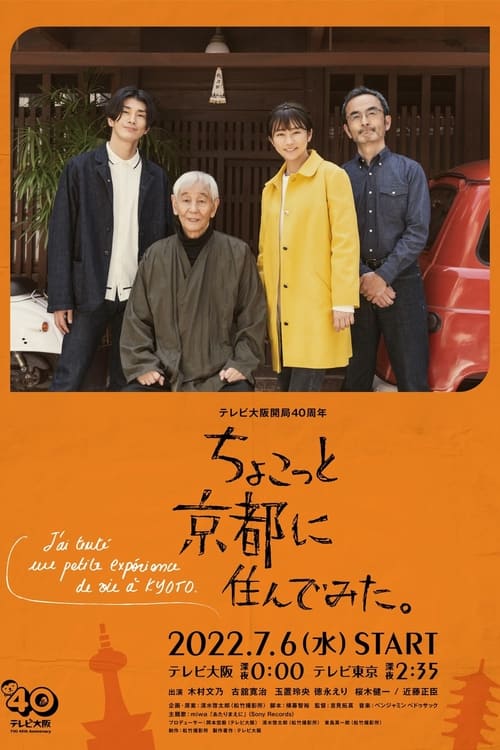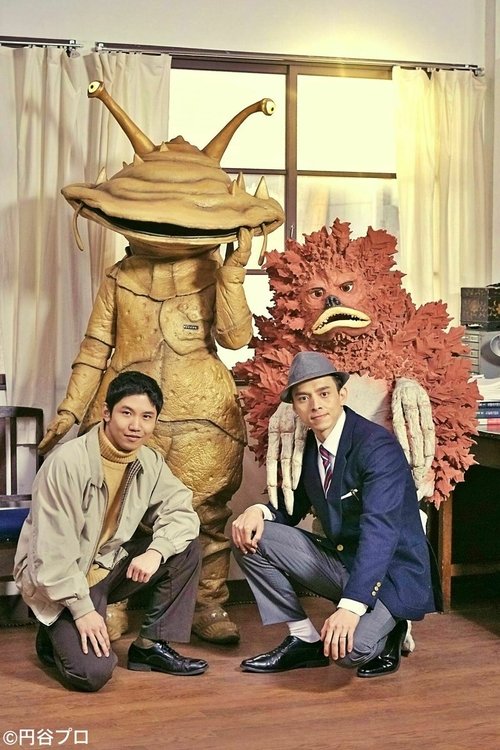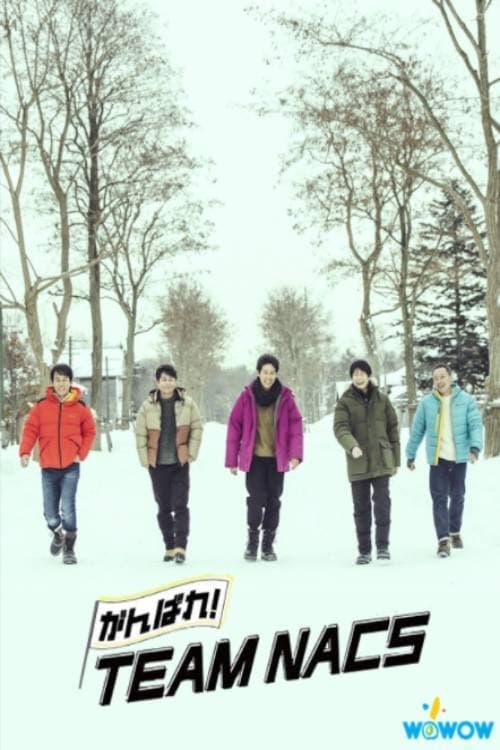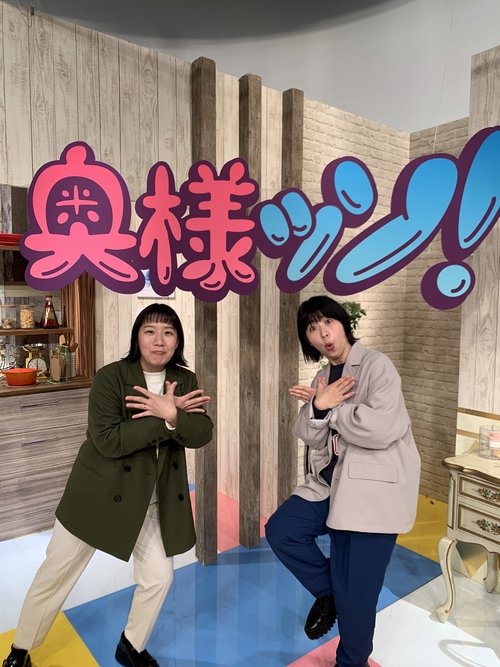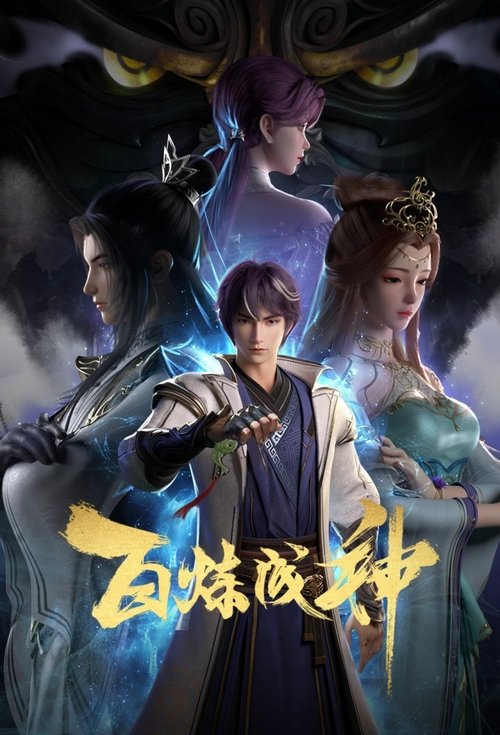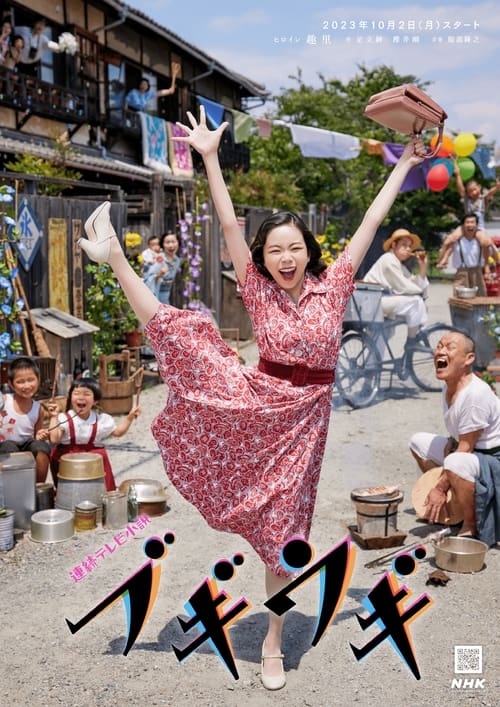
Ask Your Own Question
What is the plot?
In the small town of Shocolaville, the story begins with the introduction of the protagonist, a high school student named Haru. Haru is an introverted and artistic individual who often feels out of place among his peers. He spends most of his time sketching in his notebook, dreaming of a world beyond the confines of his mundane life. One day, while wandering through the local park, he stumbles upon a mysterious, abandoned candy shop that seems to be frozen in time. The shop is filled with colorful confections and whimsical decorations, sparking Haru's curiosity.
As Haru explores the candy shop, he discovers a hidden door leading to a secret room filled with magical candies. Each candy has unique properties, such as granting temporary powers or altering emotions. Intrigued, Haru samples a candy that enhances his artistic abilities, allowing him to create stunning works of art. This newfound talent boosts his confidence, and he begins to share his drawings with his classmates, slowly gaining their acceptance.
Meanwhile, Haru's childhood friend, Aiko, who has always harbored feelings for him, notices his transformation. Aiko is supportive but struggles with her own insecurities, feeling overshadowed by Haru's newfound popularity. She decides to confront her feelings and confesses to Haru, but he is oblivious to her romantic interest, focused instead on his art and the magic of the candy shop.
As Haru continues to explore the magical candies, he encounters a rival artist named Riku, who is envious of Haru's talent. Riku discovers the candy shop's secret and attempts to use the candies for his own gain, leading to a series of confrontations between the two. Riku's jealousy escalates, and he sabotages Haru's art exhibition, causing Haru to doubt himself and his abilities.
In a pivotal moment, Haru returns to the candy shop seeking solace. He finds a special candy that allows him to confront his fears and insecurities. Consuming it, he experiences a vivid dream where he faces his inner demons, represented by shadowy figures that embody his self-doubt. This dream sequence is visually striking, filled with swirling colors and intense emotions, ultimately leading Haru to a moment of clarity about his true self.
Empowered by this experience, Haru decides to confront Riku directly. The confrontation takes place at a local art competition where both artists are showcasing their work. Tensions rise as Riku attempts to undermine Haru's confidence once more, but Haru stands his ground, using his artistic voice to express his journey and the importance of authenticity. The audience is captivated by Haru's piece, which reflects his struggles and triumphs.
As the competition concludes, Haru wins the top prize, solidifying his place in the art community. Riku, humiliated, realizes the futility of his jealousy and begins to reflect on his own motivations. Meanwhile, Aiko, witnessing Haru's success, feels a mix of pride and sadness, as she understands that their relationship may never evolve beyond friendship.
In the final scenes, Haru returns to the candy shop, now a symbol of his growth and creativity. He decides to share the magic of the candies with others, opening the shop to the community as a place for inspiration and artistic expression. Aiko joins him in this venture, and together they create a space where people can explore their creativity, fostering a sense of belonging in Shocolaville.
The series concludes with Haru and Aiko standing outside the candy shop, looking forward to the future. Haru reflects on his journey, acknowledging the importance of friendship, self-acceptance, and the magic that can be found in the most unexpected places.
What is the ending?
In the ending of "Nibiiro Shocolaville," the main characters confront their personal struggles and the overarching conflict of the town. The resolution sees them coming together to restore harmony, leading to a hopeful future for both the characters and the community.
As the final episodes unfold, the tension in Nibiiro Shocolaville reaches its peak. The town, once vibrant and full of life, has been overshadowed by the looming threat of a corporate takeover that seeks to exploit its resources. The main characters, each representing different facets of the community, rally together to protect their home.
Scene 1: The Town Hall Meeting The episode opens with a town hall meeting, where the residents gather to discuss the impending corporate takeover. The atmosphere is thick with anxiety and uncertainty. The camera pans across the worried faces of the townsfolk, capturing their fear of losing their homes and livelihoods. Among them is Haruto, a passionate young activist, who stands up to voice his concerns. His determination is palpable, and he speaks with a fervor that ignites a spark of hope among the crowd.
Scene 2: The Plan After the meeting, Haruto meets with his close friends, Aiko and Kenji, in a dimly lit café. They brainstorm ways to counter the corporate threat. Aiko, who has a deep connection to the town's history, suggests organizing a festival to celebrate their culture and unity. Kenji, initially skeptical, begins to see the potential in Aiko's idea. The scene is filled with a sense of camaraderie as they share their dreams for the town, their laughter echoing against the café walls, contrasting with the weight of their mission.
Scene 3: The Festival Preparations As the festival preparations begin, the community comes together, showcasing their talents and traditions. Colorful banners are hung, and stalls are set up, each representing a different aspect of Nibiiro Shocolaville's rich heritage. The camera captures the vibrant colors and joyful interactions among the townsfolk, highlighting their resilience and unity. Haruto, Aiko, and Kenji work tirelessly, their faces reflecting a mix of exhaustion and determination. The festival becomes a symbol of their fight against the corporate encroachment.
Scene 4: The Day of the Festival On the day of the festival, the town is alive with music, laughter, and the aroma of traditional foods. The atmosphere is electric, filled with a sense of hope and defiance. As the festivities unfold, the corporate representatives arrive, initially dismissive of the event. However, as they witness the community's spirit and the deep connections among the residents, their attitude begins to shift. The camera captures the contrast between the cold, corporate figures and the warm, vibrant community.
Scene 5: The Confrontation In a pivotal moment, Haruto confronts the corporate leader during the festival. With the townsfolk rallying behind him, he passionately articulates the importance of preserving their home and culture. The tension is palpable as the crowd holds its breath, waiting for the corporate leader's response. The leader, taken aback by the community's unity, ultimately decides to withdraw their plans, recognizing the strength of the bonds that hold Nibiiro Shocolaville together.
Scene 6: A New Beginning As the festival comes to a close, the townsfolk celebrate their victory. Haruto, Aiko, and Kenji stand together, their faces illuminated by the warm glow of lanterns. They share a moment of reflection, realizing that their fight has not only saved their town but has also strengthened their friendships. The camera zooms out, showing the town bathed in the soft light of dusk, symbolizing a new beginning.
In the final moments, the characters' fates are revealed: Haruto becomes a community leader, advocating for local interests; Aiko opens a cultural center to preserve the town's history; and Kenji, inspired by their journey, decides to pursue a career in environmental activism. The series ends on a hopeful note, emphasizing the importance of community, resilience, and the power of standing together against adversity.
Is there a post-credit scene?
In the 2022 series "Nibiiro Shocolaville," there is indeed a post-credit scene that adds an intriguing layer to the story.
As the credits roll, the screen fades to a serene view of the town of Shocolaville, bathed in the soft glow of twilight. The camera pans over the quaint streets, showcasing the vibrant colors of the buildings and the gentle rustle of leaves in the evening breeze. The atmosphere is peaceful, yet there's a palpable sense of anticipation in the air.
Suddenly, the scene shifts to a hidden corner of the town, where a mysterious figure cloaked in shadows stands at the edge of a small, overgrown garden. The figure is revealed to be a new character, a woman with striking silver hair and piercing blue eyes, who seems to be observing the town with a mix of curiosity and determination. Her expression is one of deep contemplation, hinting at a backstory that intertwines with the main characters.
As she kneels to touch a flower blooming in the garden, a faint glow emanates from her fingertips, suggesting she possesses a unique power that could influence the events in Shocolaville. The camera zooms in on her face, capturing a fleeting moment of vulnerability as she whispers, "It's time to awaken the past."
The scene ends with a close-up of the flower, which begins to shimmer, leaving viewers with a sense of mystery and excitement about the potential challenges and alliances that may arise in the next season. This post-credit moment not only teases future plot developments but also deepens the lore of Shocolaville, inviting the audience to ponder the connections between the new character and the beloved protagonists.
What is the significance of the color blue in Nibiiro Shocolaville?
In Nibiiro Shocolaville, the color blue symbolizes the emotional depth and complexity of the characters' experiences. It is often associated with the protagonist, Aoi, whose journey through the vibrant yet melancholic town reflects her struggles with identity and belonging. The blue hues in various scenes evoke feelings of nostalgia and longing, particularly during moments of introspection.
How does Aoi's relationship with her grandmother influence her character development?
Aoi's relationship with her grandmother is central to her character development. Her grandmother serves as a guiding figure, imparting wisdom and stories of the past that shape Aoi's understanding of her own identity. The emotional bond they share is depicted through tender flashbacks, where Aoi learns about resilience and the importance of community, ultimately motivating her to confront her fears and embrace her true self.
What role does the mysterious shopkeeper play in the story?
The mysterious shopkeeper, known as Mr. Kuro, serves as a catalyst for Aoi's transformation. His enigmatic presence and cryptic advice challenge Aoi to confront her insecurities and explore the hidden aspects of her personality. Throughout the series, Mr. Kuro's interactions with Aoi are laced with a sense of urgency, pushing her to make choices that lead to significant turning points in her journey.
How do the friendships Aoi forms impact her journey in Nibiiro Shocolaville?
The friendships Aoi forms are pivotal to her journey, providing her with support and a sense of belonging. Characters like Haru and Sora each represent different facets of friendship--Haru embodies loyalty and encouragement, while Sora introduces Aoi to new perspectives and adventures. Their interactions are filled with emotional highs and lows, showcasing the importance of connection in overcoming personal challenges and fostering growth.
What is the significance of the annual festival in the town's culture?
The annual festival in Nibiiro Shocolaville serves as a crucial plot element that brings the community together, highlighting the town's rich cultural heritage. It is during this festival that Aoi confronts her fears and takes a stand for her beliefs. The vibrant celebrations, filled with music, dance, and traditional rituals, create a backdrop for key character interactions and revelations, ultimately symbolizing hope and unity in the face of adversity.
Is this family friendly?
Nibiiro Shocolaville, while primarily a light-hearted and whimsical series, does contain some elements that may be considered objectionable or upsetting for children or sensitive viewers. Here are a few aspects to be aware of:
-
Mild Violence: There are scenes that depict cartoonish or exaggerated violence, such as characters getting into playful fights or mishaps that may be startling to younger viewers.
-
Emotional Conflict: The show explores themes of friendship, rivalry, and personal growth, which can lead to moments of emotional distress among characters. These scenes may evoke feelings of sadness or anxiety.
-
Mild Scares: Certain episodes include spooky or eerie elements, such as ghostly figures or unsettling environments, which could be frightening for younger children.
-
Social Issues: The series touches on themes of bullying and exclusion, which may resonate with sensitive viewers and could prompt discussions about these topics.
-
Romantic Undertones: There are subtle romantic subplots that may not be suitable for very young audiences, as they explore feelings of attraction and jealousy.
Overall, while Nibiiro Shocolaville is designed to be entertaining and engaging for a wide audience, these elements may require parental guidance for younger viewers.





